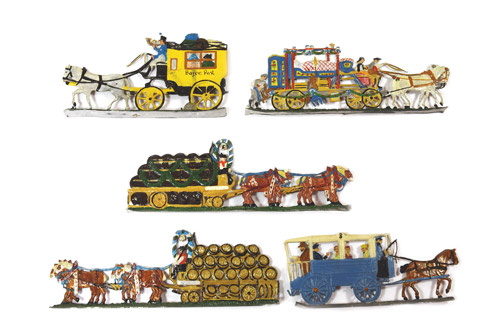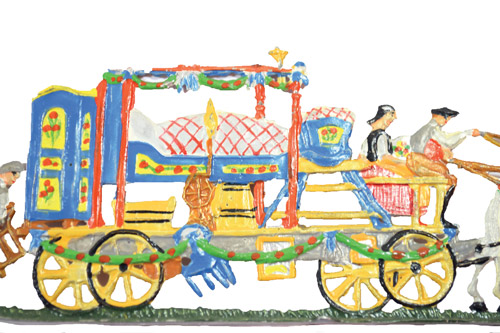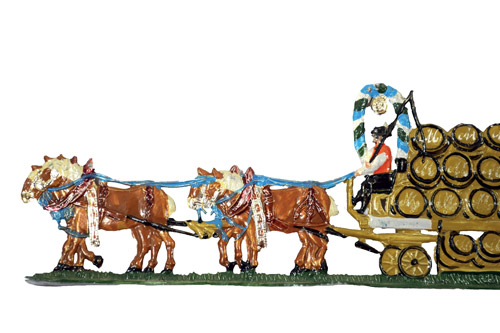
Horses have always been a partof human life, playing a role at any number of key times.
Before the arrival of steam trains, the horse was the fastest means oflocomotion and a major sourceof energy for mankind. Many of today’s Italian towns and cities grew up around the posting stations found along routes of travel, where they provided both people and horses with a place to rest after a day on the road.
The horse was a symbol of power, but also of the history of the bond between man and animals. All the great military conquerors had likenesses of themselves done on horseback.
One need look no further than the statue of the emperor Marcus Aurelius at the Campidoglio in Rome or the portrait of Napoleon on his white steed.
The statue of Marcus Aurelius on horseback was spared (it sits today in front of the Campidoglio, on the Capitoline Hill, in thecentre of the splendid square designed by Michelangelo) because it had been mistakenly thought to depict Constantine, the emperor of the conversion to Christianity, said by legend to have seen the words ‘in hoc signo vinces’, or ‘in the sign of the cross you shall win’, during a battle.


In northern Europe they pulled loads of beer barrels, so that even today the labels of numerous well known beers feature images of large, powerful horses with long manes and hairy hooves.
The collection includes a set of tin reproductions of horse-drawn carriages, small masterpieces rendered unique by the well-preserved colours and the painstaking details of each wagon. Standing on their bases, the works practically appear to be two-dimensional.
 English (United Kingdom)
English (United Kingdom)





